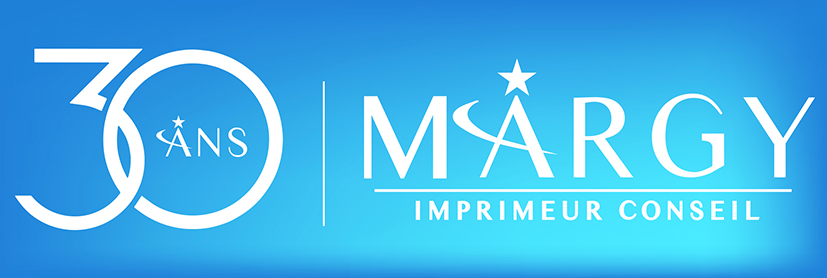After a few gloomy years, or even a crisis for some, printers are feeling rather optimistic. The fears they might have expressed a short while ago are not entirely well-founded. This is particularly true of fears about the advent of the e-book. Some regions will continue to suffer from the dominance of digital media, but suppliers are still doing well.
Traditional printing continues to stand up to the digital revolution, and has even confirmed its dominance of the print market.
Digital threats less significant than expected
The least we can say is that print professionals, printers and suppliers alike, have been in low spirits throughout 2017. And yet, reading the fifth Drupa report on global market trends, the profession has reason to regain confidence.
The products linked to the digital revolution, which were thought to be the gravediggers of books in particular, have not had all the negative effects expected. Recent studies have shown that readers retain the information they read in a book much better than they do in an e-book.
What’s more, printers have made the necessary efforts to make the quality of their products more attractive. There has been a resurgence of affection for the printed word. What’s more, online shops and books, whether out of print or not, printed to order are now part of the consumer’s well-integrated consumption patterns.
Some regions are suffering, but suppliers are coping
Despite good prospects for the coming years, some regions of the world are more affected than others by the crisis in the printing market. While America remains a strong market, and there is steady growth in Europe, Africa and the Middle East are losing confidence.
For suppliers in general, this is the fourth year of uninterrupted growth. Equipment, hardware and software sales rose by an average of 29%. These are the best results for a long time. Printers report, however, that pressure remains constant on both prices and margins. However, this pressure varies greatly from region to region. While prices are rising in North America, they are tending to fall in Australia and throughout Oceania.
Prices for packaging printing are holding steady, but those for commercial printing continue to fall.
Traditional printing dominates the print market
The industry’s transition to digital printing continues, but rather slowly. Most printers who produce large volumes on all types of media are largely dependent on digital technologies. 60% of them have taken the plunge, and 50% of the remaining 40% have confirmed their desire to make the transition to digital. This is not the case for those specialising in packaging printing. Only 12% of them have been convinced, but 25% are willing to go digital. Still, it’s worth noting that 27% of printers, across all trades, have a web shop window, compared with just 2% in 2014. More than 42% of printers want to invest in 2018, compared with a decline of 9% last year.
Packaging specialists will be investing at 45%, functionalists at 42%, commercials at 30% and those specialising in publishing at 20%. They will be more likely to invest in technologies that are on the up, such as Flexo and Sheetfed Offset for packaging.
Digital Toner Cutsheet Color, Sheetfed Offset and Digital Inkjet Wide-Format technologies will be adopted by commercial printers. For functional printers, Digital Toner Cutsheet Color and Digital Inkjet Wide-Format will prevail.
Other articles to read :
 01 44 52 02 02
01 44 52 02 02
